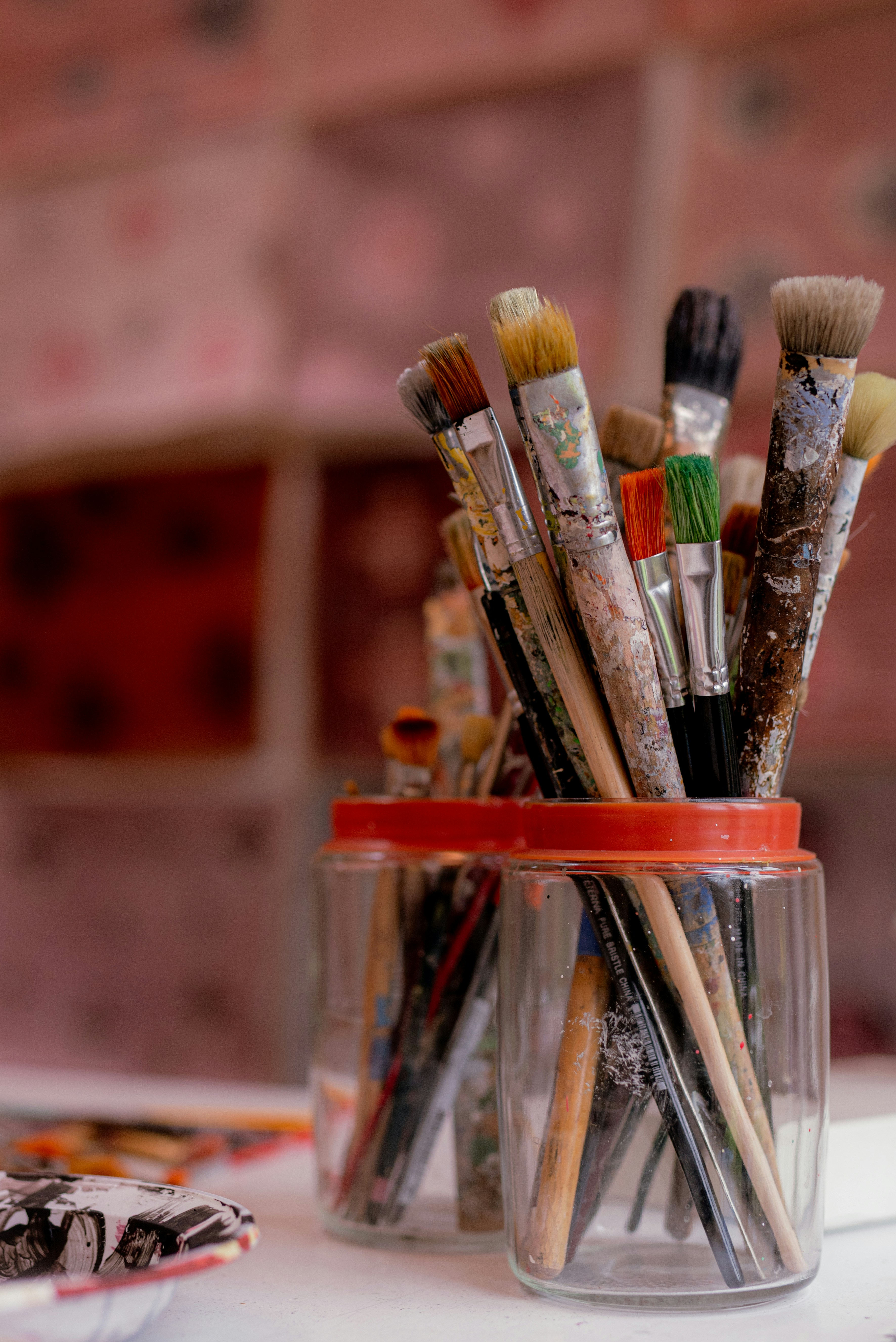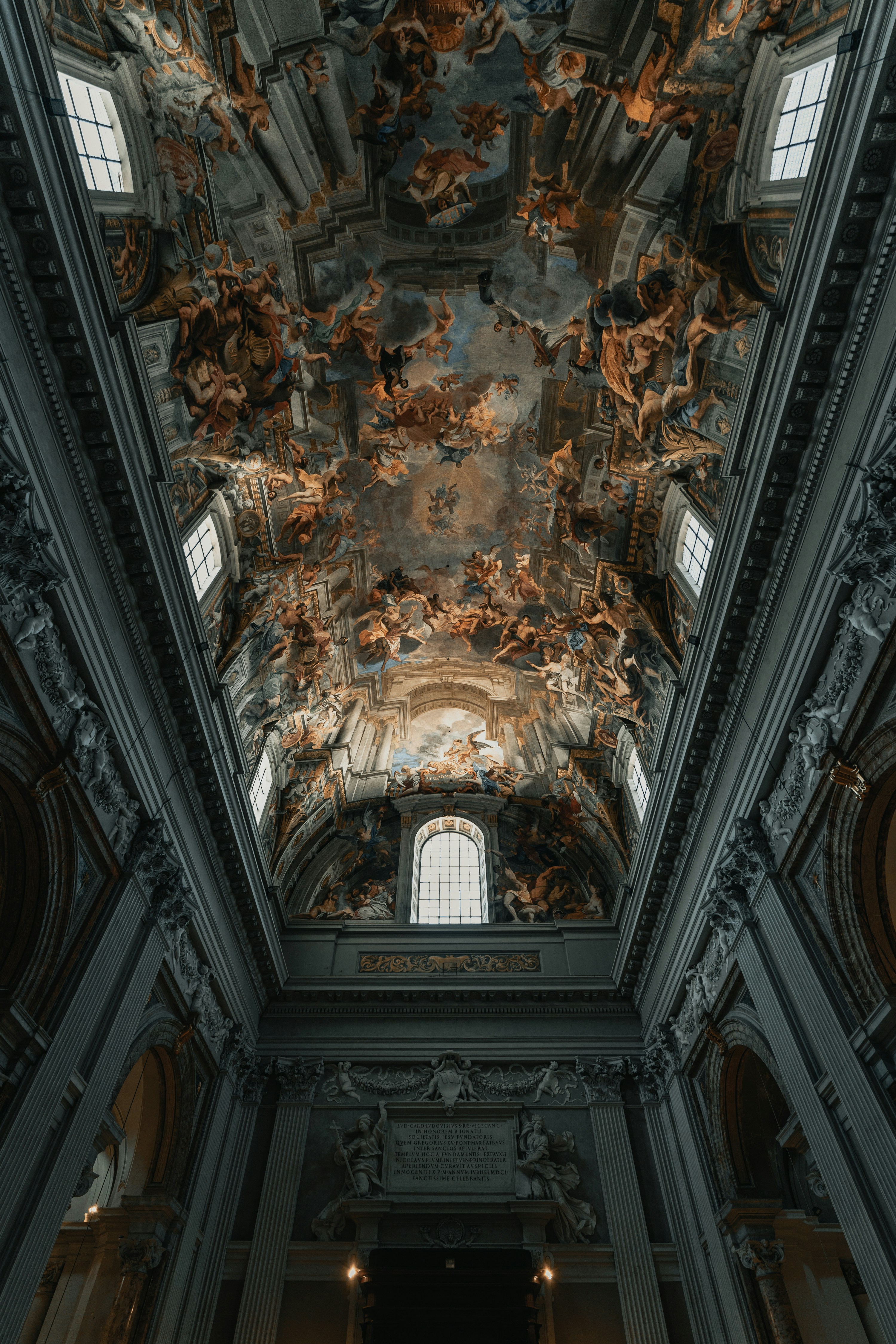A Comprehensive Exploration of Paint Brush Varieties and Their Unique Functions
February 23, 2025 | by robert@mybrushlife.com
 Photo by Jen Theodore on Unsplash
Photo by Jen Theodore on Unsplash Exploring Different Types of Paint Brushes
Paint brushes are essential tools for artists, offering a variety of shapes and sizes that cater to specific techniques and applications. Among the most common types are flat brushes, round brushes, filbert brushes, and detail brushes, each designed to serve different creative purposes. Understanding these diverse options can greatly enhance the painting experience.
Flat brushes, characterized by their rectangular bristle formation, are ideal for broad strokes, filling in large areas, and creating sharp edges. They come in various widths, allowing artists to choose the appropriate size based on the project at hand. Round brushes, on the other hand, feature a pointed tip that can create both thin and thick lines. This versatility makes them perfect for detailed work, such as outlining and intricate designs.
Filbert brushes combine the qualities of both flat and round brushes, possessing an oval shape that facilitates blending as well as controlled application of paint. Their unique structure helps artists achieve soft edges while still maintaining precision. Lastly, detail brushes, which are much smaller and more refined, enable artists to focus on intricate aspects of their work, providing the ability to create fine lines and delicate patterns.
When it comes to materials, brushes can be made from natural or synthetic bristles. Natural bristles, derived from animals such as squirrels, hogs, or oxen, typically hold paint well and work excellently with oil paints. In contrast, synthetic bristles are crafted from man-made materials and are often designed for use with water-based paints, offering greater durability and ease of cleaning. Each material impacts the brush’s performance, so artists must consider their preferred techniques and mediums when selecting the appropriate paint brush.
In essence, by understanding the distinct types of paint brushes and their unique characteristics, artists can select tools that best suit their artistic needs. This foundational knowledge enhances creativity while fostering effective and satisfying painting experiences.
Specialized Applications of Paint Brushes
When it comes to the world of painting, the choice of paint brush can significantly influence the final outcome of a project. Different types of paint brushes are tailored for specialized applications, each offering unique functions that cater to specific artistic techniques. Understanding these variations allows artists to enhance their skills across various painting styles, including watercolor, acrylic, and oil painting.
For instance, blending brushes, often characterized by their soft bristles, are ideal for achieving smooth gradients and soft edges in watercolor. Artists typically use these brushes to merge colors seamlessly, creating depth and dimension in their work. On the other hand, detailing brushes have fine, pointed tips that allow for intricate line work and precision, which is essential for adding finer details in oil and acrylic painting.
Texture is another critical element in painting, and particular brushes excel in this regard. Fan brushes, for example, are perfect for creating textured effects and foliage in landscapes, while palette knives, though not brushes in the traditional sense, enable artists to generate unique textures and layered effects when working with thick paint. Artists should consider the type of texture they wish to achieve when selecting their tools.
Moreover, selecting the right brush can also depend on the medium being used. For acrylic painting, synthetic brushes are often favored due to their durability and resistance to deformation, whereas natural bristle brushes might be preferred for oil paint to retain flow and smoothness. It’s essential to assess the specific techniques you wish to employ, as well as the characteristics of the paint, when deciding on brush types.
In summary, understanding the specialized applications of various paint brushes can dramatically enhance an artist’s repertoire. By selecting the appropriate brushes for blending, detailing, and texturing based on the chosen painting medium, artists can create more effective and impactful works. This knowledge empowers individuals to make informed decisions, ultimately elevating their artistic endeavors.
RELATED POSTS
View all


